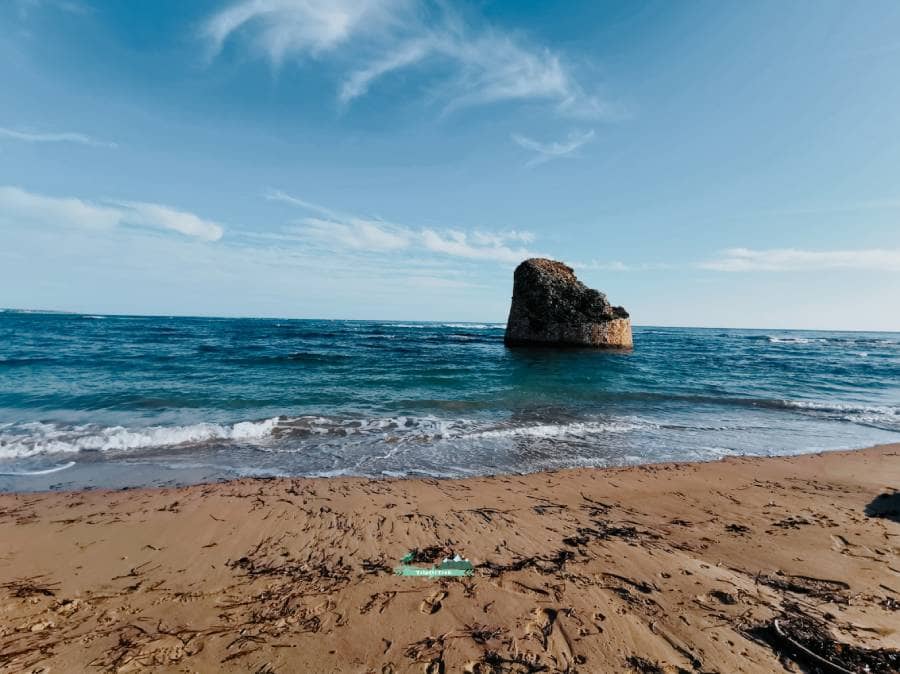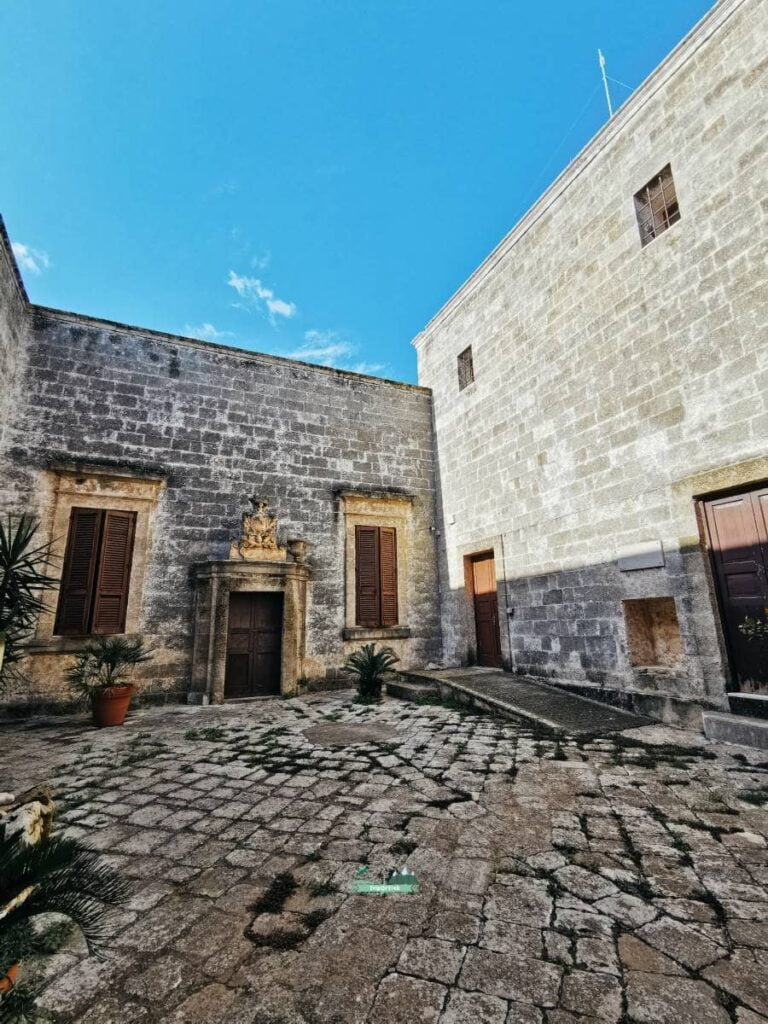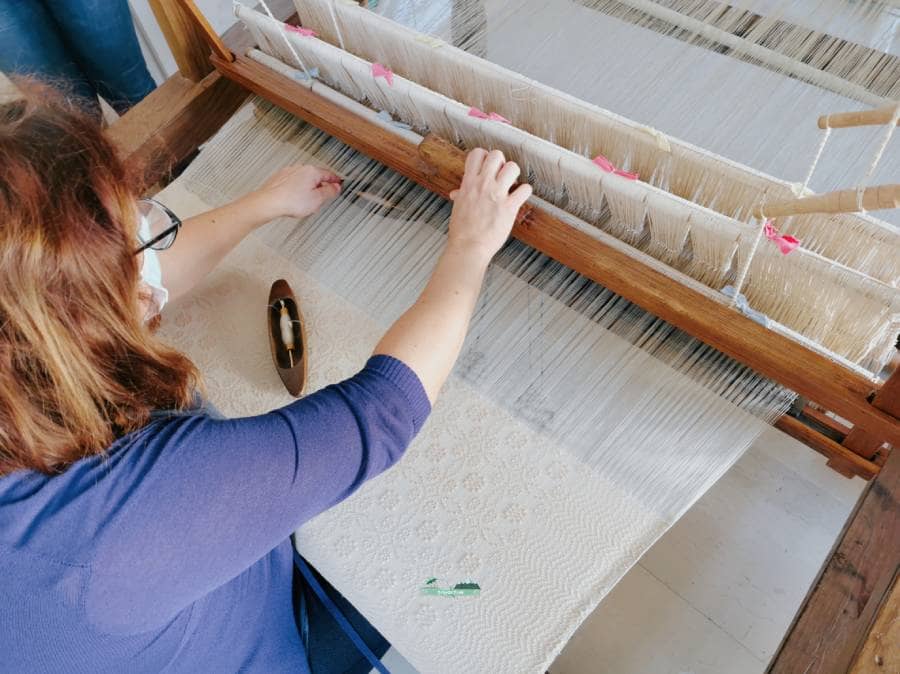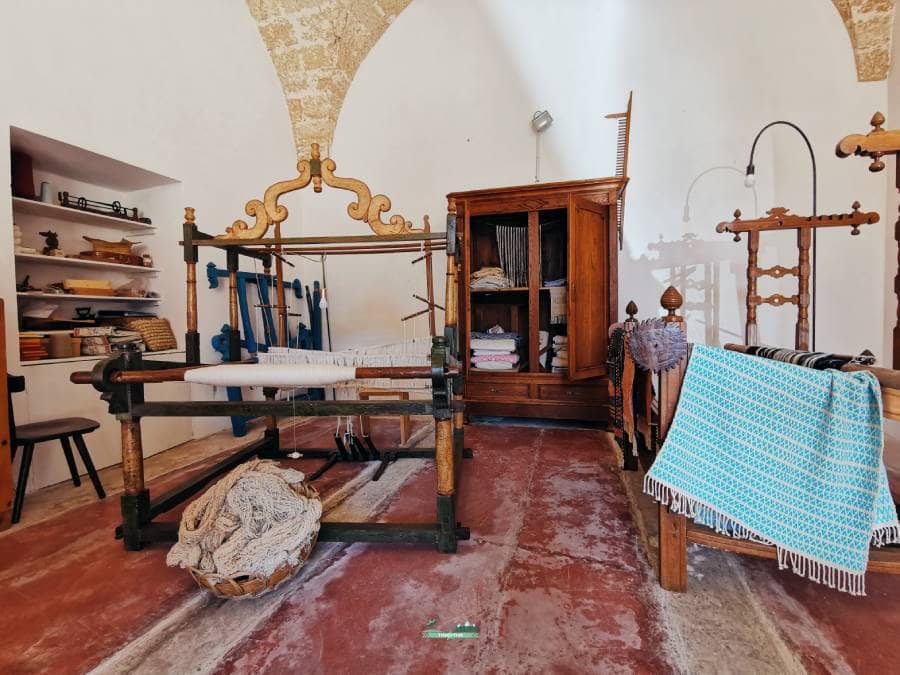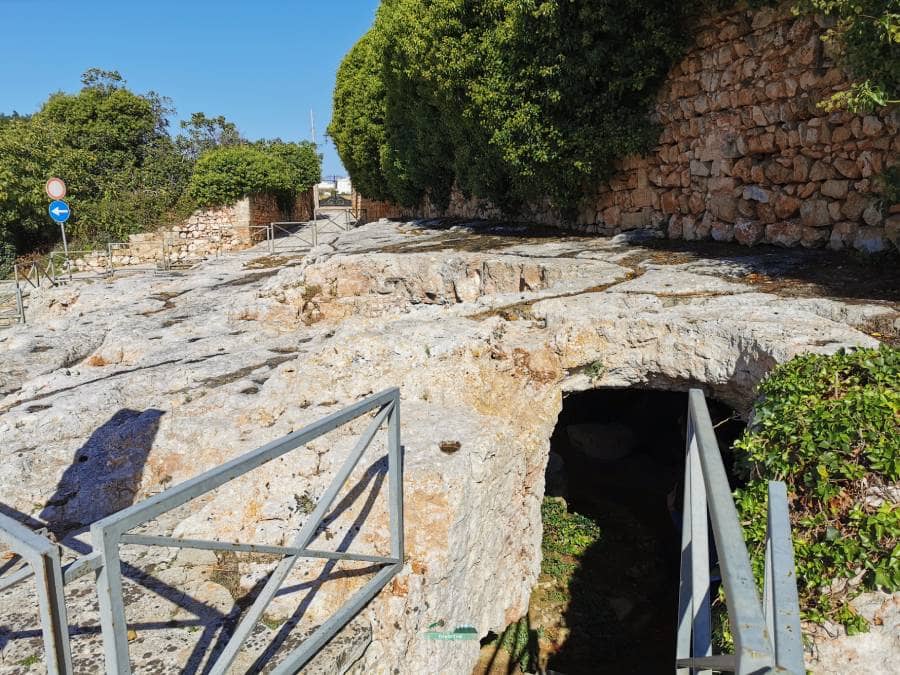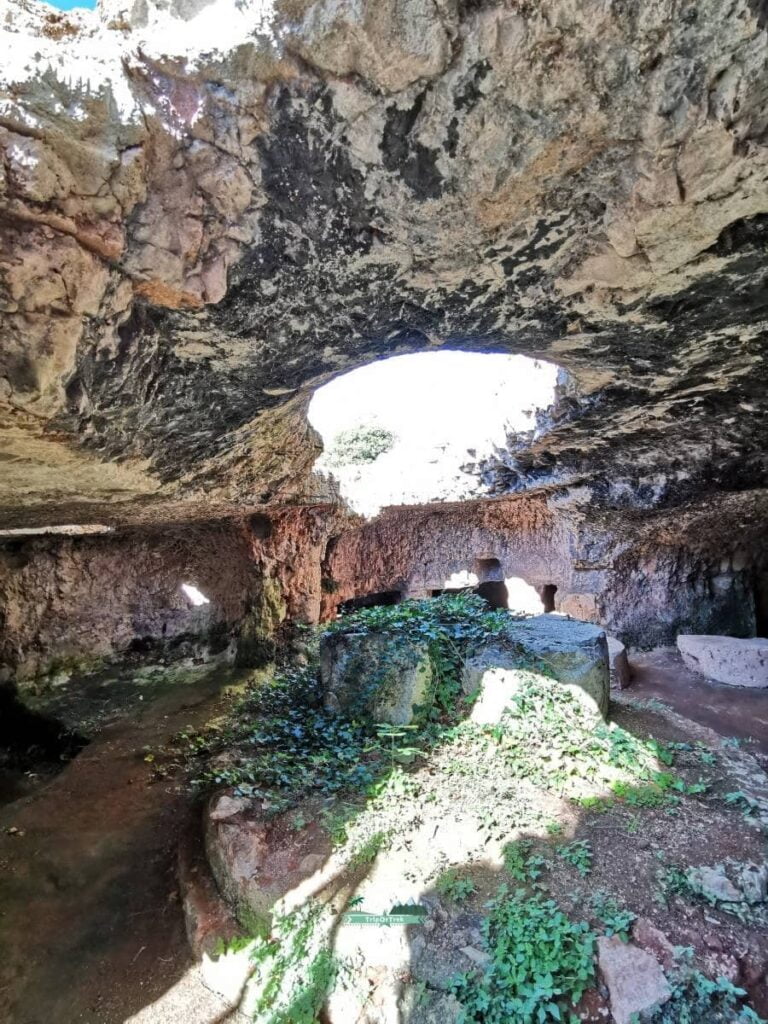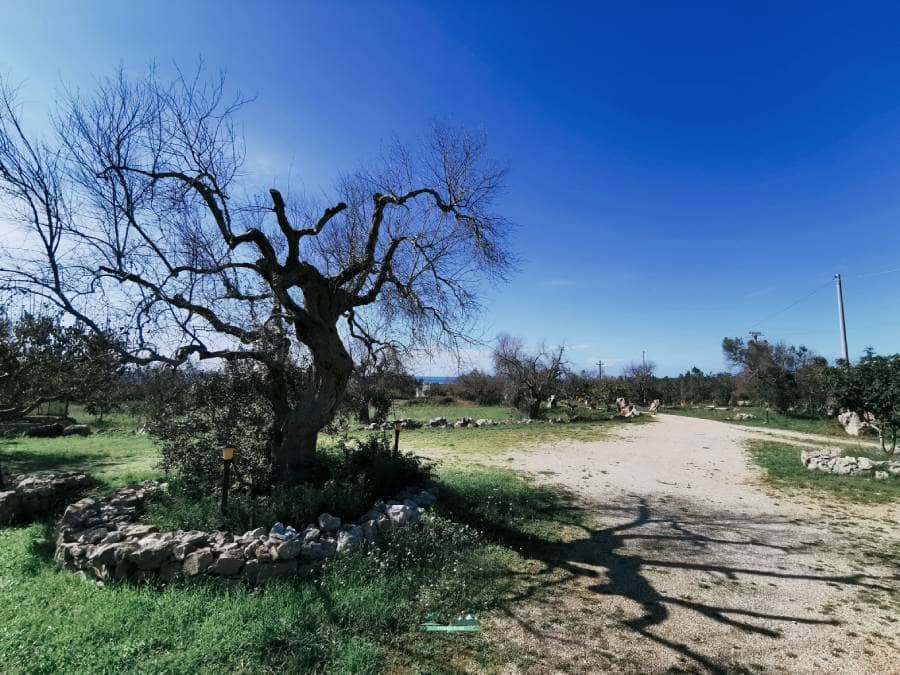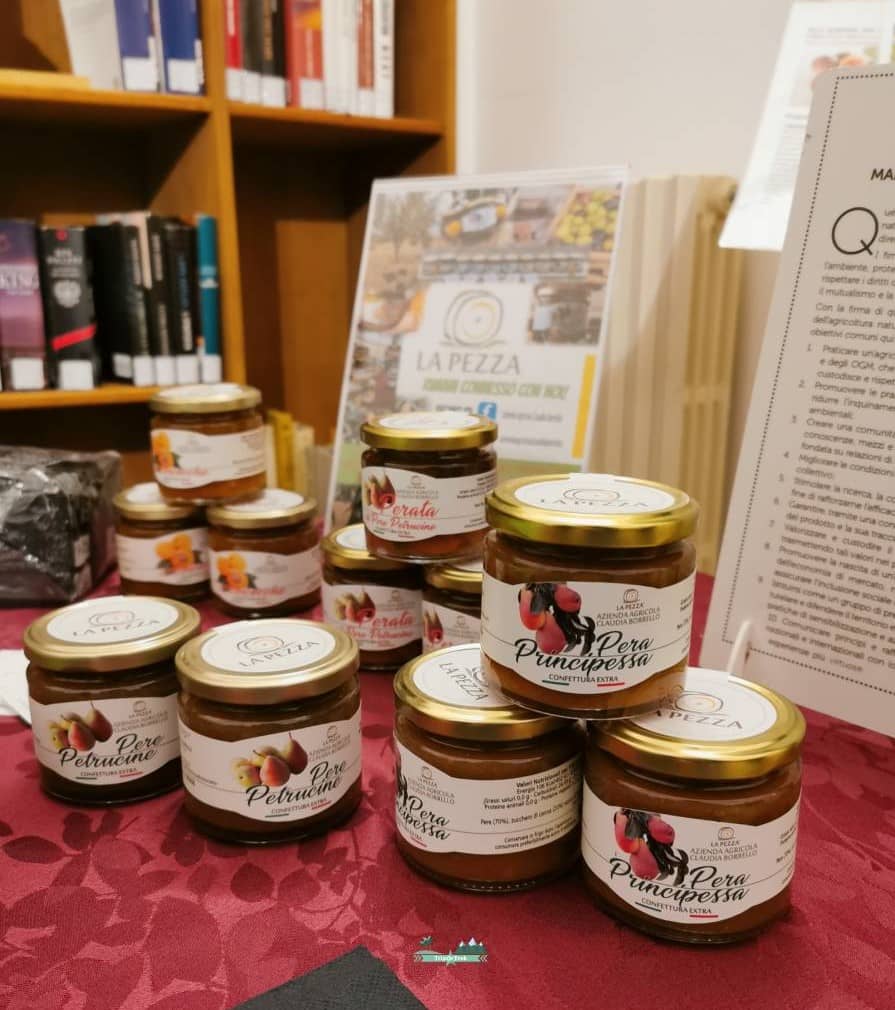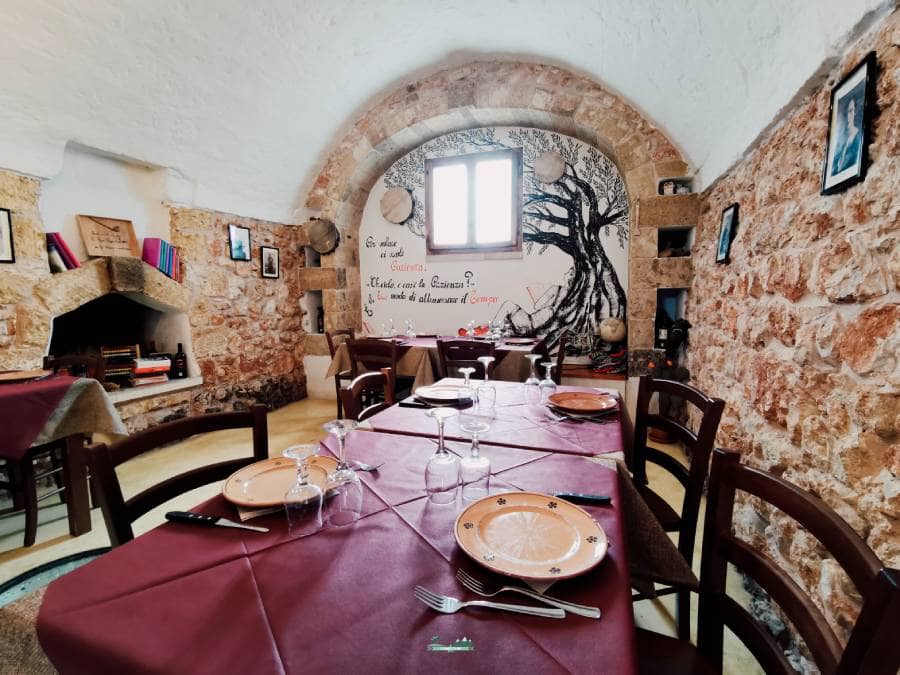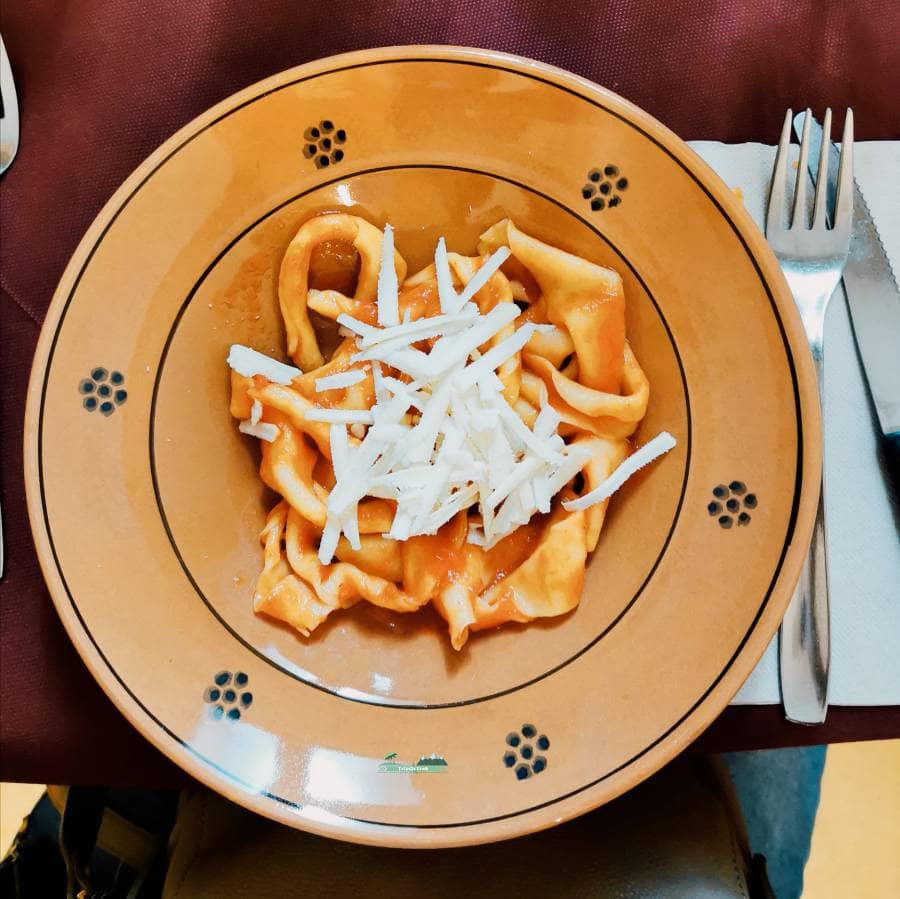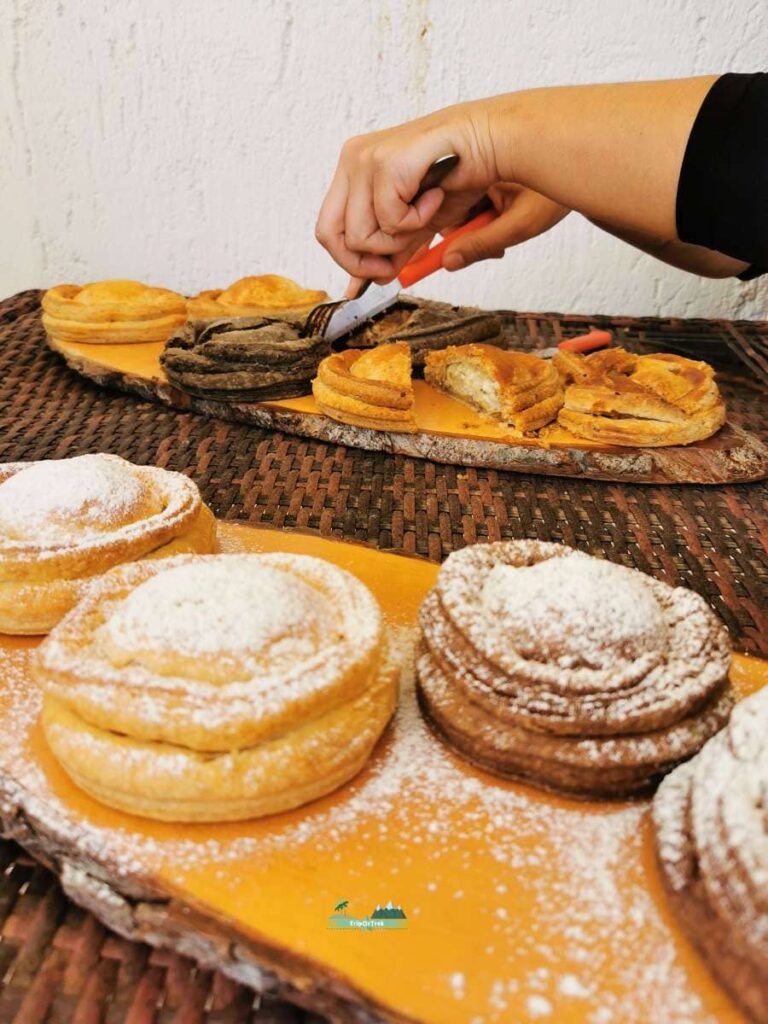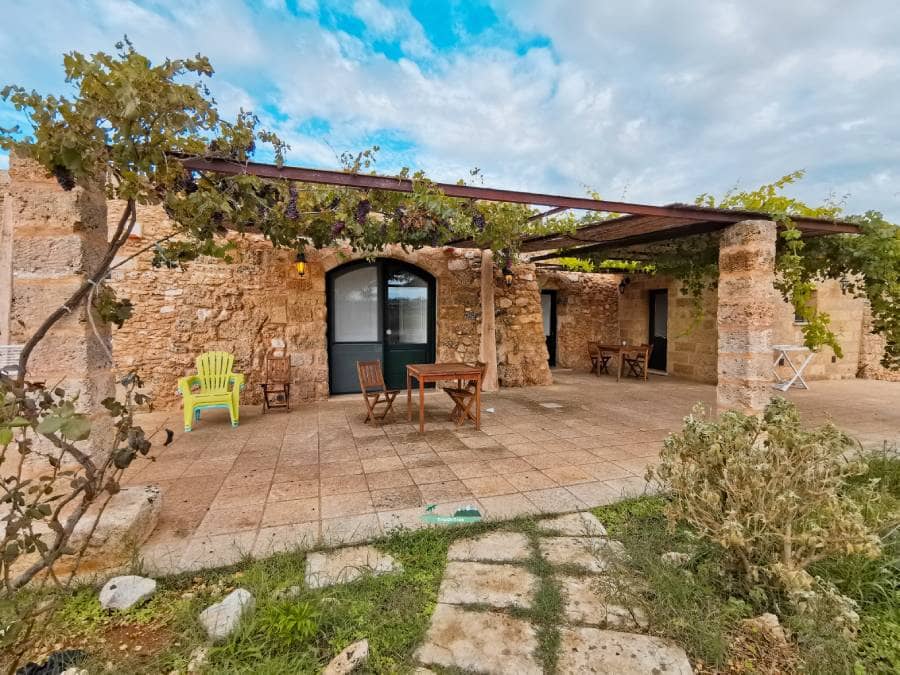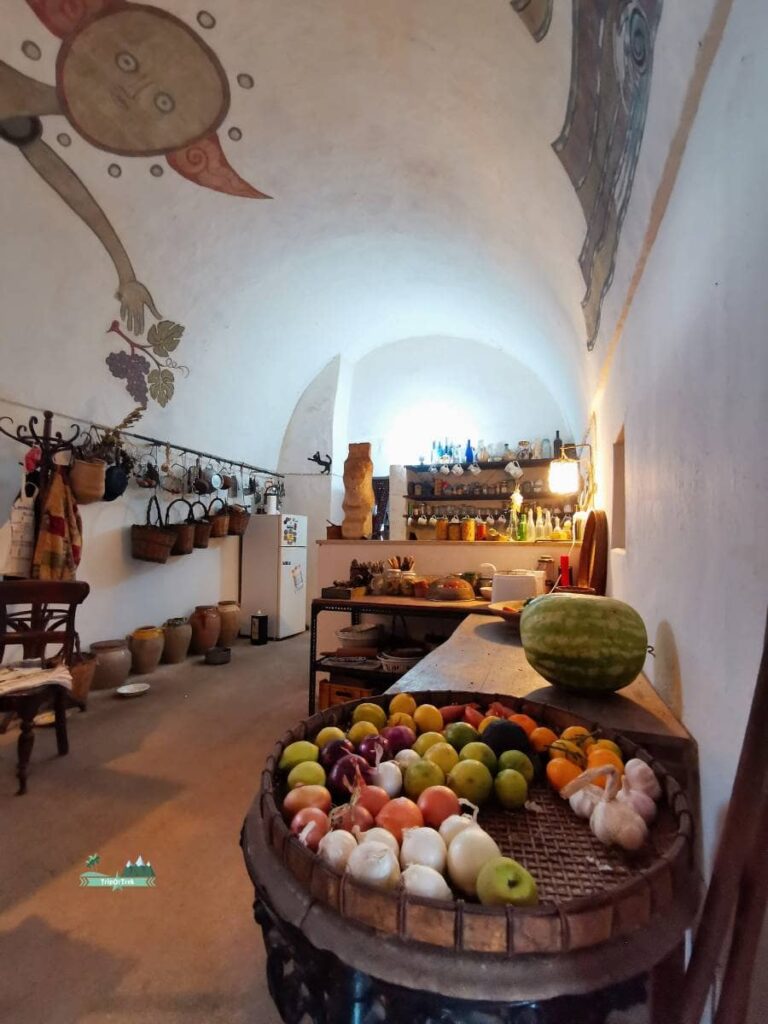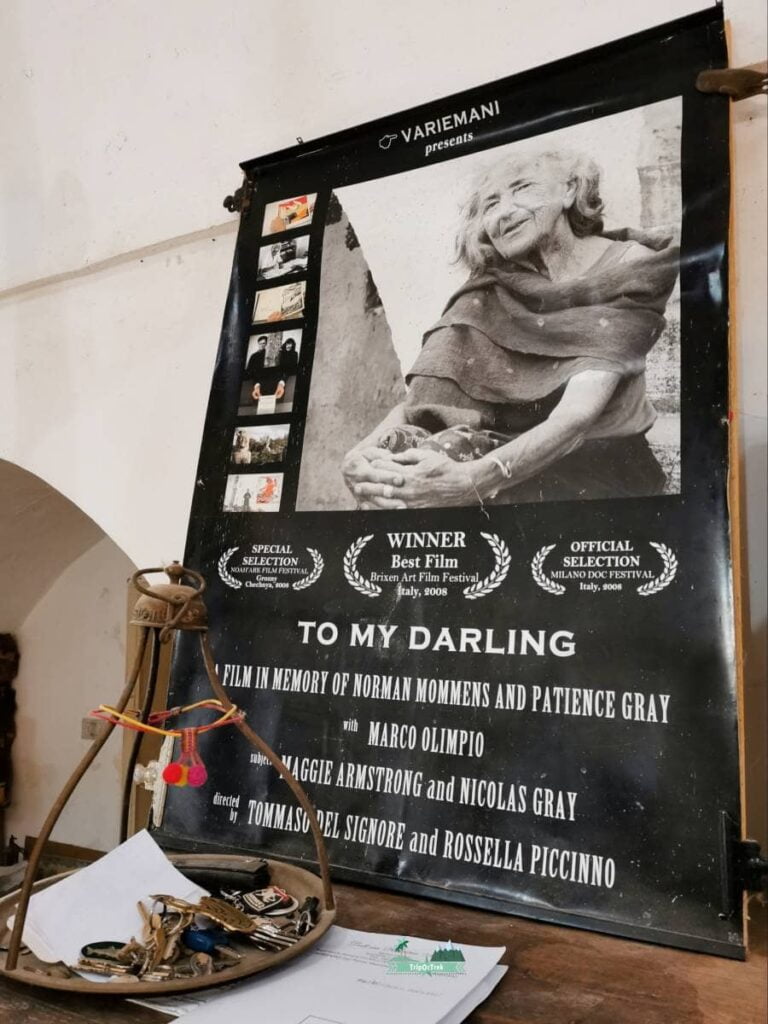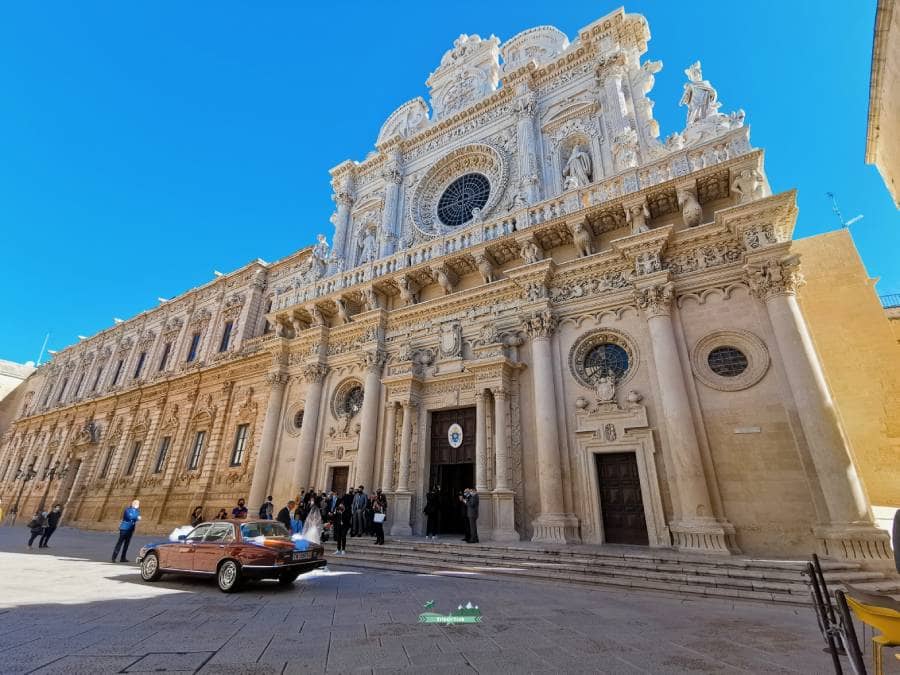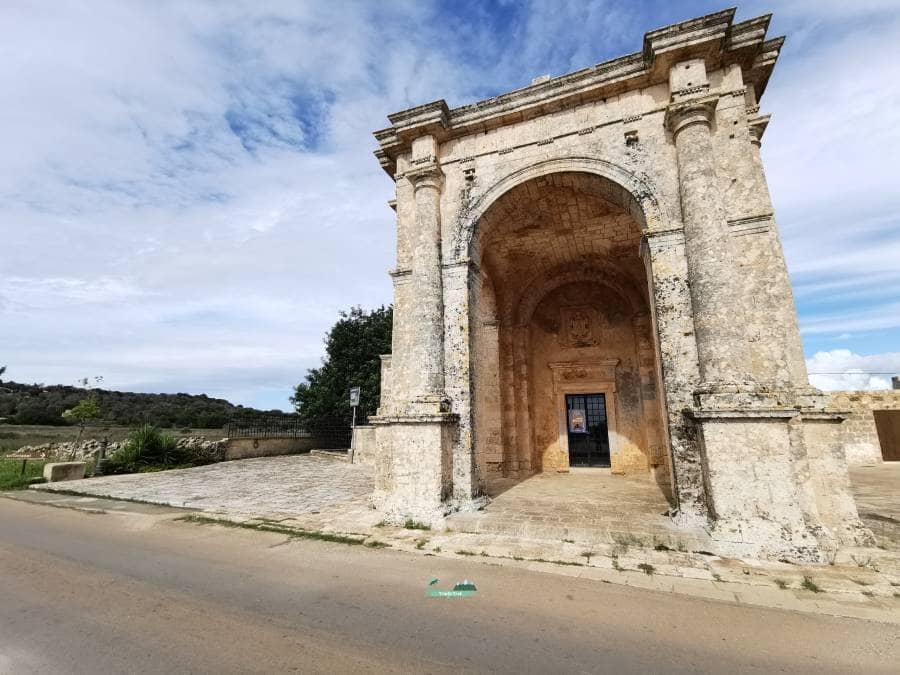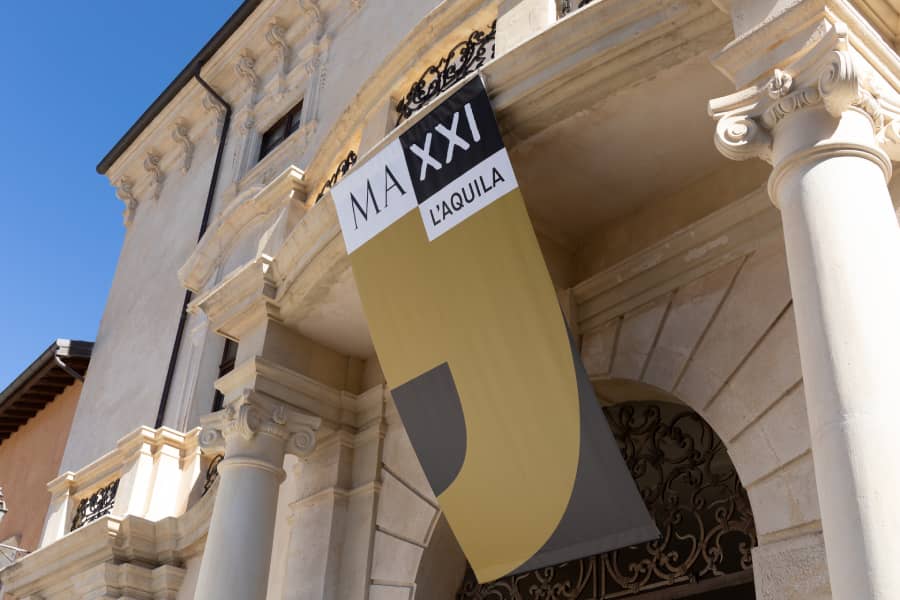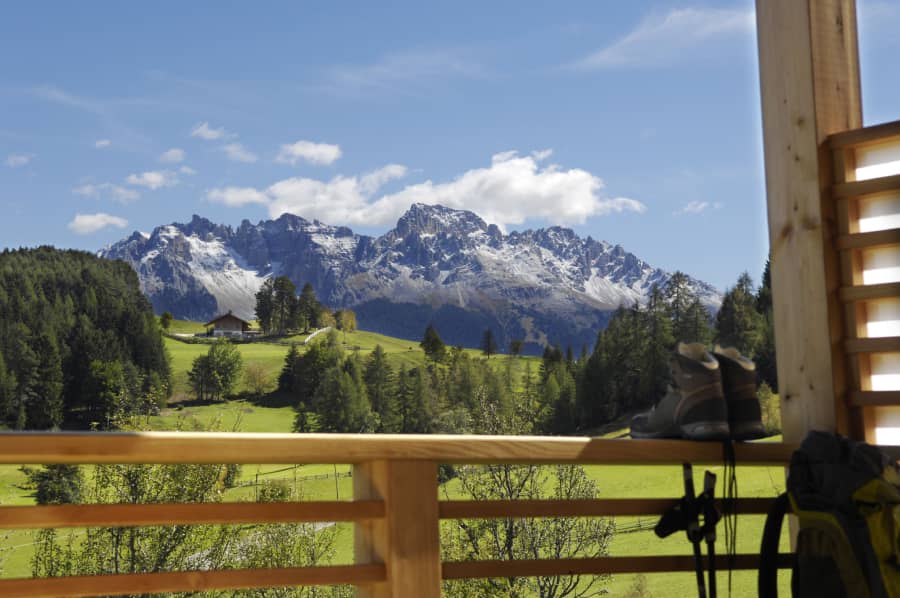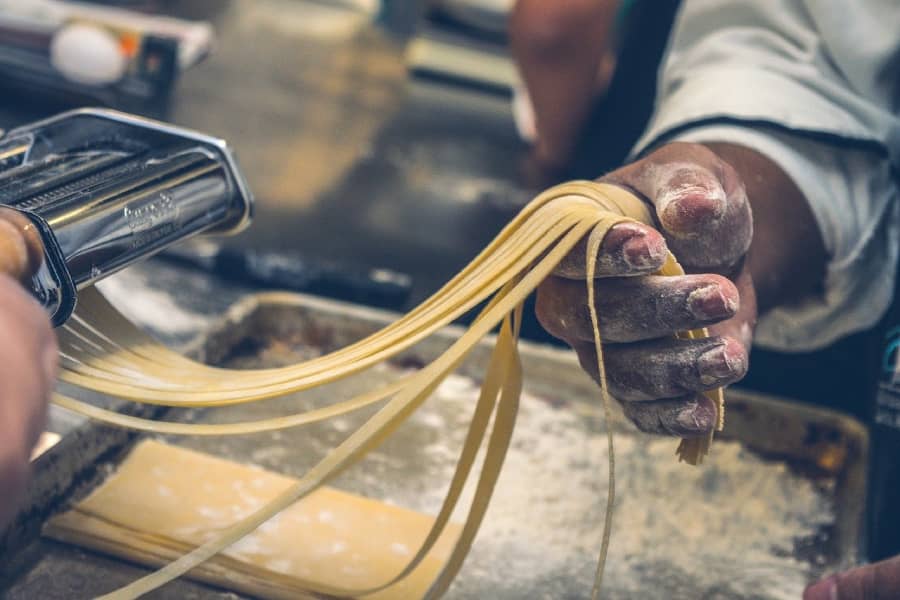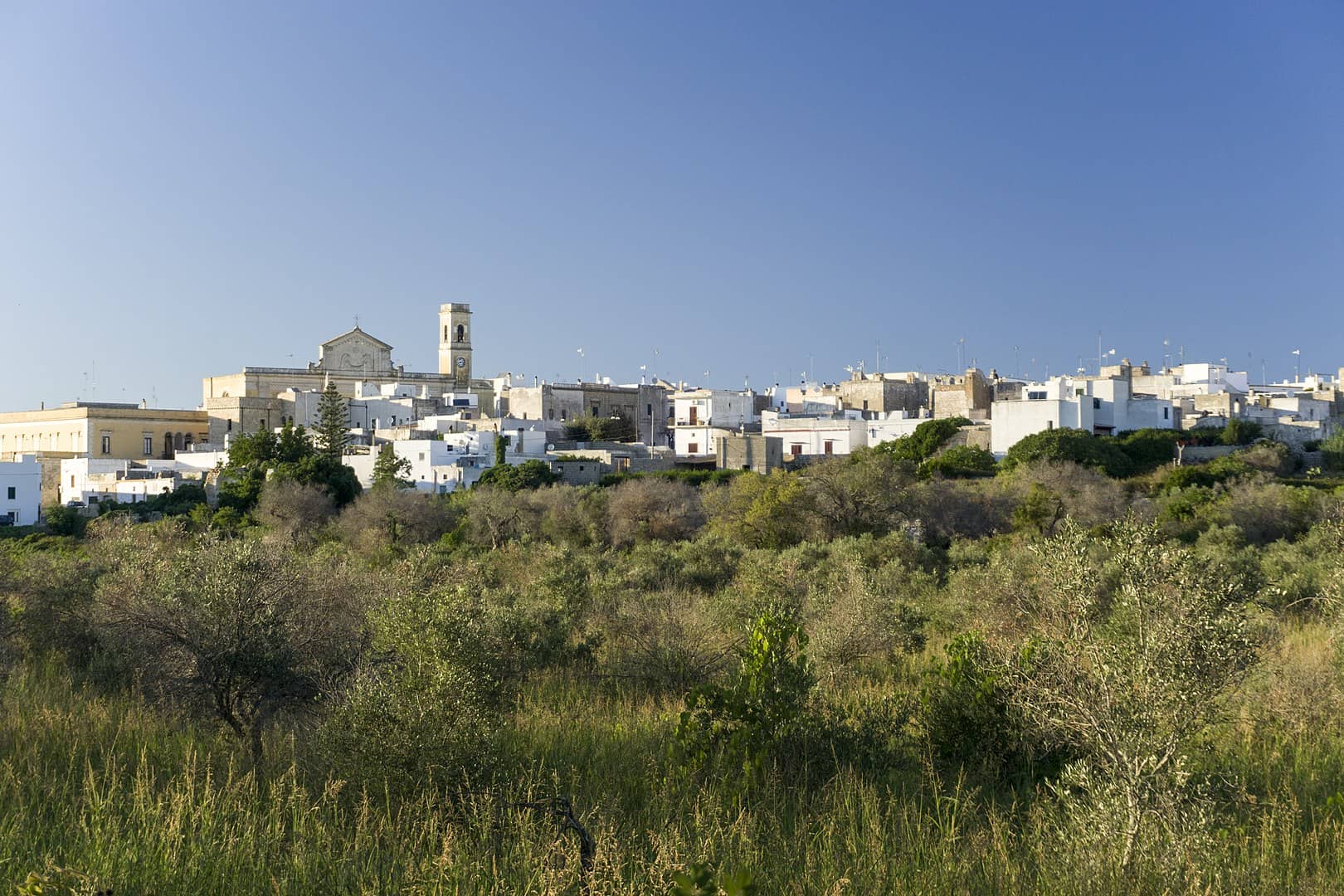
Itinerary to discover the Municipality of Salve between history, food and artistic craftsmanship
Crystal clear sea, golden sandy beaches, baroque churches and Messapian treasures are the wealth of Salve, a pretty village in the Lower Salento about 75 kilometers from Lecce.
The name of the city is a greeting and an invitation to visit the beauties of the place, which don’t stop at the marinas of Pescoluse, Torre Pali, Posto Vecchio and Lido Marini, beaches among the most beautiful in Salento that since 2009 have boasted the Blue Flag of Foundation for Environmental Education (FEE), but continue inland where you can admire artistic masterpieces and archaeological finds from various historical periods, including some important necropolises.
Places that are proudly valued not only by the guides of the Archès Cultural Association, but by the inhabitants of the Municipality of Salve who have been able to treasure their history, keeping traditions and crafts alive.
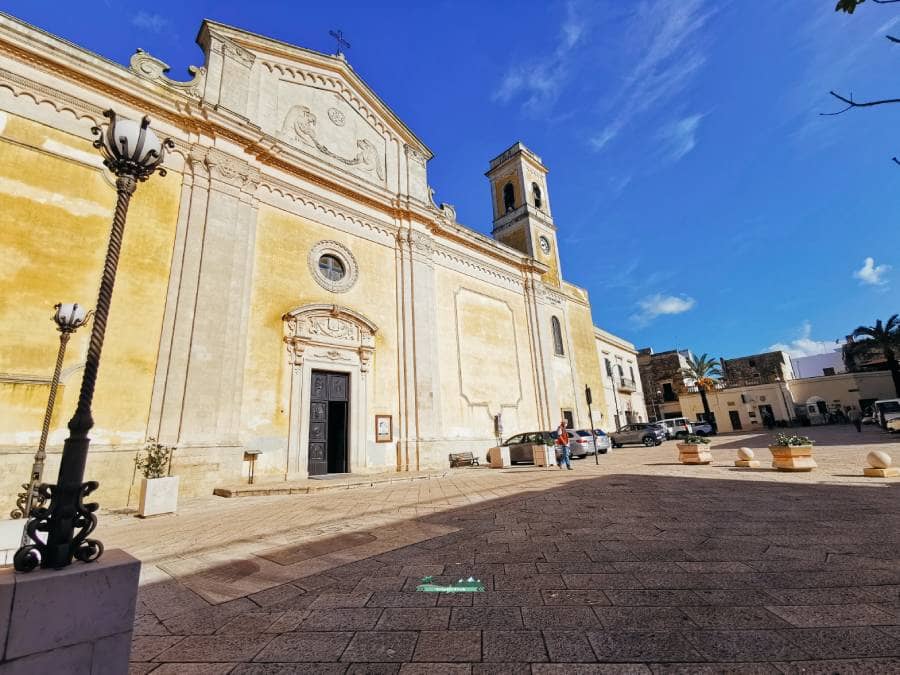
Immersed in a rural landscape dominated by stone and shaped by the wind, the village of Salve stands on a hill overlooking the countryside planted with olive and fruit trees. In its picturesque historic center stands the church of San Nicola Magno which houses the oldest functioning organ in Puglia, and narrow alleys branch off from nearby Piazza Concordia, overlooked by historic buildings, forts and courtyard houses.
In one of these, the historic Carida – Ramirez palace, there is a small museum that houses ancient looms still used by skilled craftsmen, such as Melissa Calò, who have collected the cultural heritage of their mothers and grandmothers to continue an ancient craft but always current: that of weaving. In fact, in the museum, and annexed laboratory, not only cotton, linen and wool are intertwined, but also memories and family stories.

Melissa Calò works on the loom in the laboratory of Salve, Salento, Puglia. Photo Sara Panizzon, TripOrTrek 
Salve weaving museum, Salento, Puglia. Photo Sara Panizzon, TripOrTrek
Furthermore, in the vicinity of Palazzo Carida-Ramirez, there is a tangible testimony of the close relationship that binds the Apulians to their land: the Le Trappite underground oil mill. Entirely carved into the rock, it represents an example of how the gold of Puglia, oil, was produced and worked in ancient times
The Le Trappite oil mill was built in the early seventeenth century and has underground rooms where the large tanks for the pressing of olives, the stone millstones, the bases of the presses for pressing and the channels on the floor are preserved.
If in the past oil represented the basis of the Apulian economy, today the advance of xylella, a disease that causes trees to dry out, has severely compromised the production of oil and the economy of the territory.
The land of Puglia, however, is generous and its inhabitants, expert connoisseurs of nature, have been able to adapt, like the landscape, to changes in the weather. Just like Claudia Borrello, owner of the La Pezza farm, which has combined the production of oil with the production of delicious jams made with ancient fruits such as figs, petrucine pears and quinces. A production based on a short supply chain, with the characteristics of seasonality and territoriality, respecting the natural cycle of the seasons. A challenge that aims to preserve a beloved area and to produce excellent products typical of Salento.
The rediscovery and enhancement of the land, understood as a house to be protected and innovated, is also the basis of the story of Fabiana Renzo, a young entrepreneur who left Puglia to study and who found and loved it thanks to a cultural project in which nature , cuisine and poetry meet in one name: Sante le Muse.



By recovering the agricultural land of her great-grandparents, Fabiana has brought back to life a peasant memory made of ancient seeds such as those of the Morciano tomato and of places such as the Palmento, an ancient family mill, in which she gave life to a modern restaurant-kitchen where traditional flavors become savory dishes that allow you to rediscover the taste of conviviality.

The Sante Le Muse restaurant, Salve, Salento, Puglia. Photo Sara Panizzon, TripOrTrek 
Sagne Torte, Sante Le Muse restaurant, Salve, Salento, Puglia. Photo Sara Panizzon, TripOrTrek
Traditional flavors have also inspired Susanna Pepe, owner of Masseria Ficazzana, opened in 1999, who has chosen to innovate the salty rustic from Lecce, made with stuffed puff pastry, also offering a delicious sweet version today sold throughout Italy.
The greatest treasure of Salento and the village of Salve, in fact, is the land where the Mediterranean scrub meets the work of man in monuments of peasant art such as dry stone walls and Liame, the typical country houses with vaulted ceilings. barrel, which in the past served as warehouses, and today are being restored to become homes or holiday resorts as in the case of the Ceddhe residences.
In this wild landscape, dominated by winds and shaped by the hands of farmers, in the 1970s, the artist Norman Mommens and the English journalist Patience Gray found their home and inspiration. They transformed Masseria Spigolizzi, in the countryside of Salve, into a lively cultural center.
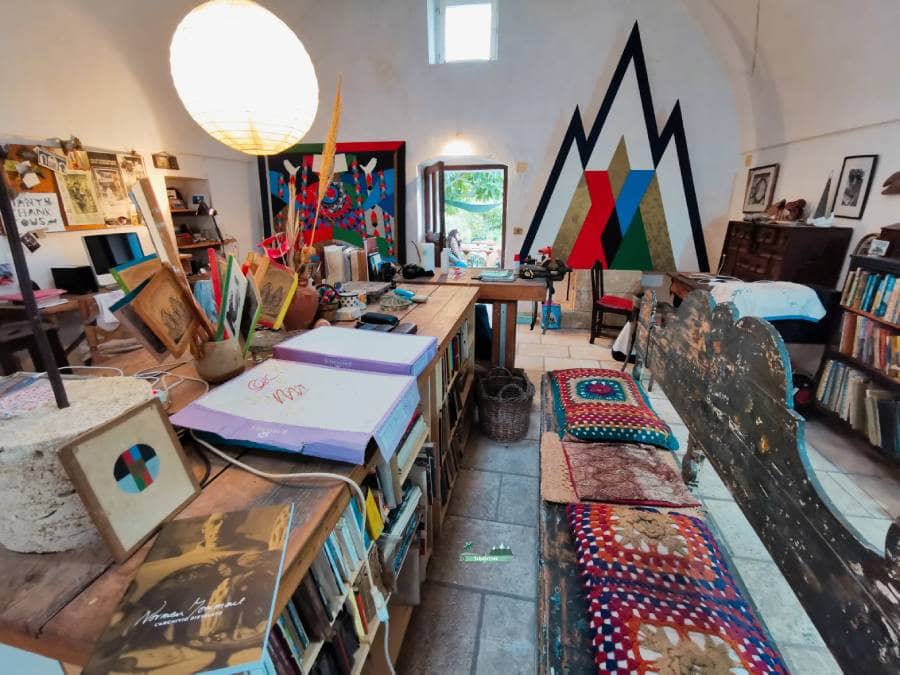
Patience and Norman traveled throughout Europe living in Catalonia (Vendrell, Tarragona), and in the Cyclades (Naxos), ideal places for those who, like Norman, needed to work with marble. She left behind a past as an Observer journalist and, as a writer, had achieved success with the bestseller “Plats du Jour, with Primrose Boyd” (Penguin Books, 1957).

The cuisine of Masseria Spigolizzi, Salve, Salento, Apulia. Photo Sara Panizzon, TripOrTrek 
Poster by Patience Gray, Masseria Spigolizzi, Salve, Salento, Apulia. Photo Sara Panizzon, TripOrTrek
In the quiet of the Salento countryside they found new inspiration to create books, works of art and to love each other. She became a profound connoisseur of spontaneous herbs and local traditions and wrote her most famous book “Honey from a Weed” (Prospect Books, 1986) precisely to Masseria Spigolizzi.
Today their memory is handed down by Nicholas, Patience’s son, and by his wife the journalist Maggie Armstrong, who, together with the guides of the Arches association, welcome visitors to the house-museum, guardian of many happy days and artistic suggestions.
Masseria Spigolizzi is also the starting point for exploring an area rich in archaeological finds such as the prehistoric Grotta Montani and the Chiusa dei Fani
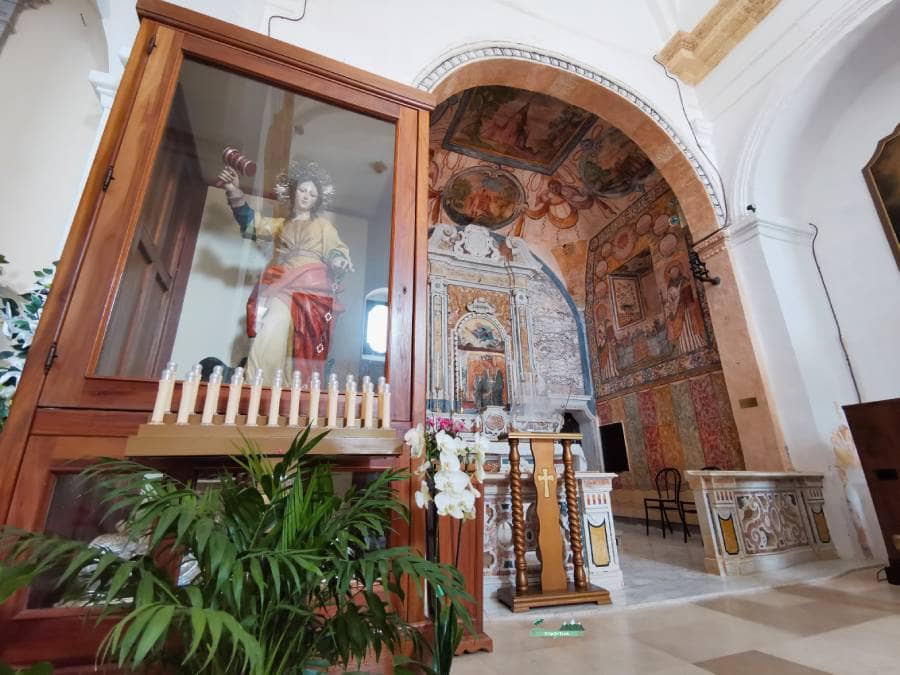
In Salve, moreover, it is possible to visit numerous places of worship of Christianity and undertake paths of faith that not only lead to the discovery of the history of Santa Teresa, in the homonymous Sanctuary of St. Teresa of the Child Jesus built in the first half of the twentieth century by restoring the old Chapel of St. Francis in the Capuchin Convent, but also in the hamlet of Salve, Ruggiano, where Santa Marina is celebrated in a small church with an ancient history.

baroque architecture, Lecce, Salento, Apulia. Photo Sara Panizzon, TripOrTrek 
Leuca Piccola, Salento. Photo Sara Panizzon, TripOrTrek
Salento, in fact, is the destination of numerous pilgrims who, passing through the baroque architecture of the churches of Lecce, visit villages such as Salve and Barbarano del Capo, where the historical-monumental complex of Leuca Piccola is located, before continuing their journey along the ancient pilgrimage route that, yesterday as today, leads to the Sanctuary of Santa Maria di Leuca De Finibus terrae, the southern tip of Puglia, the place where the Adriatic Sea embraces the Ionian Sea and the horizon has no borders.
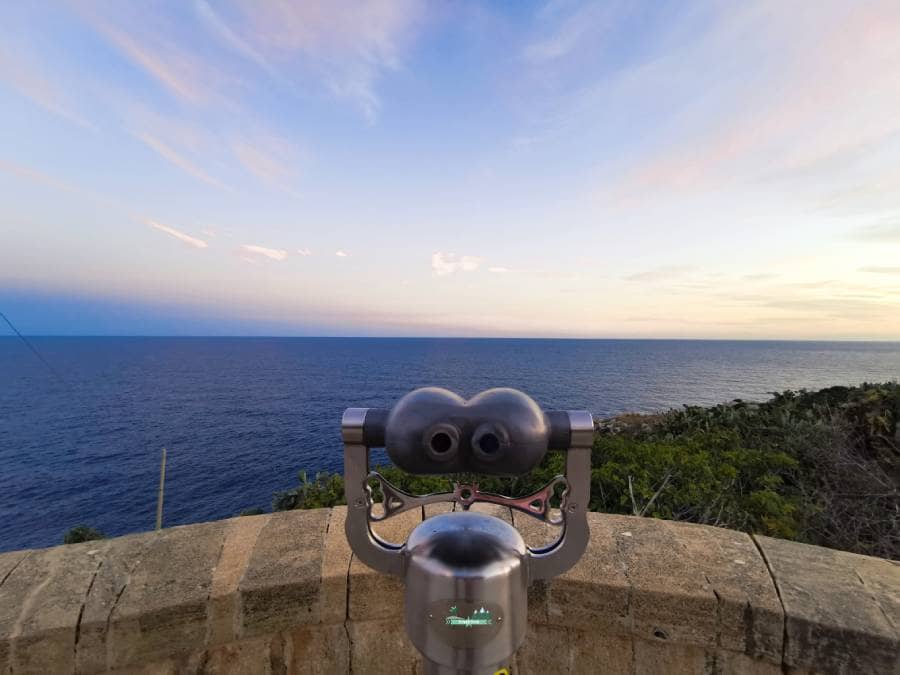
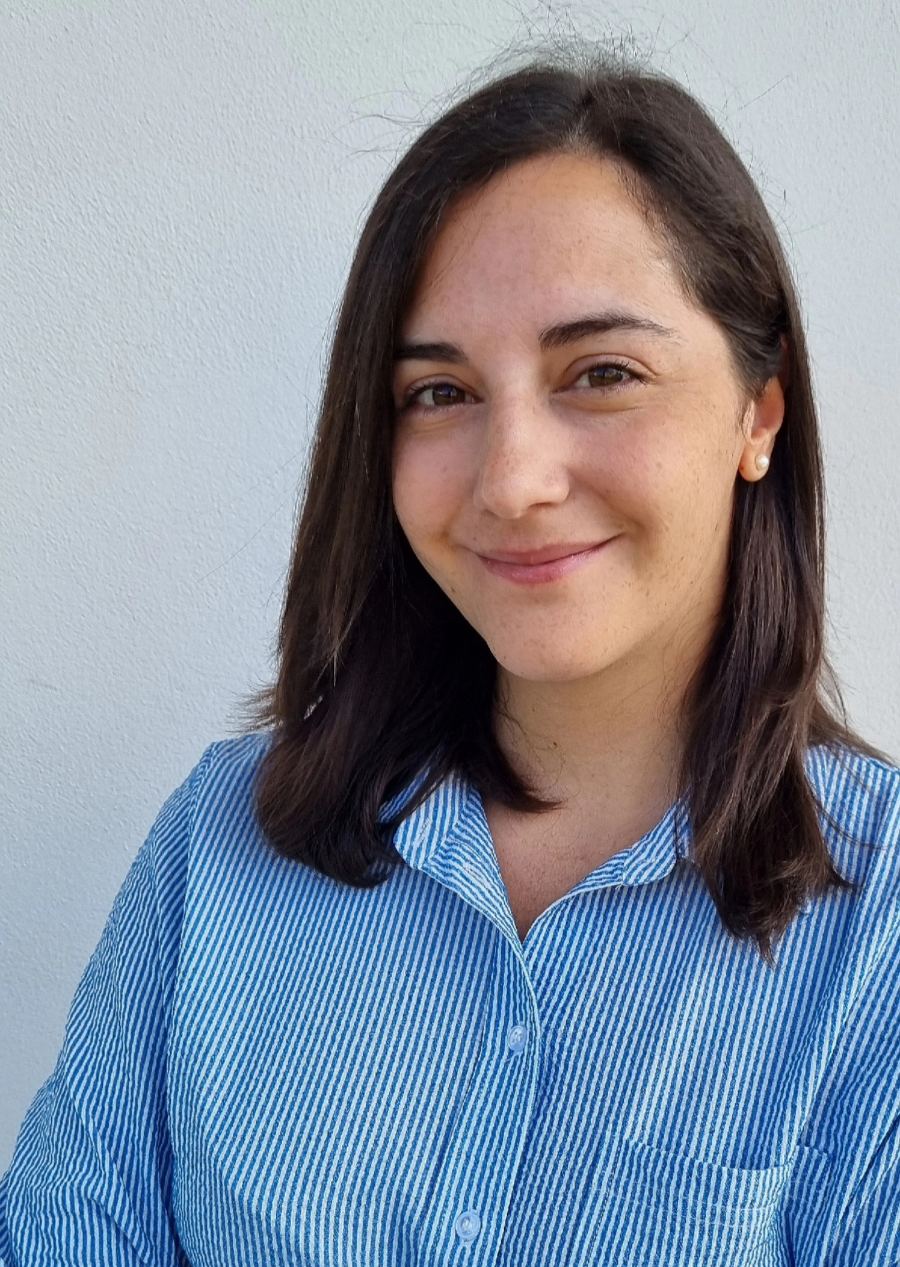
Viaggio e racconto il tuo territorio scrivendo di turismo, marketing territoriale e storytelling nel mio blog TripOrTrek



